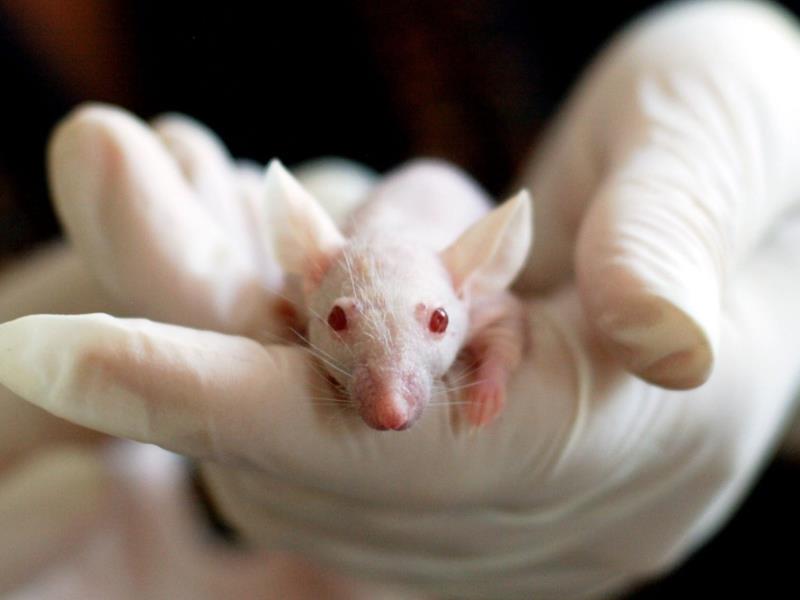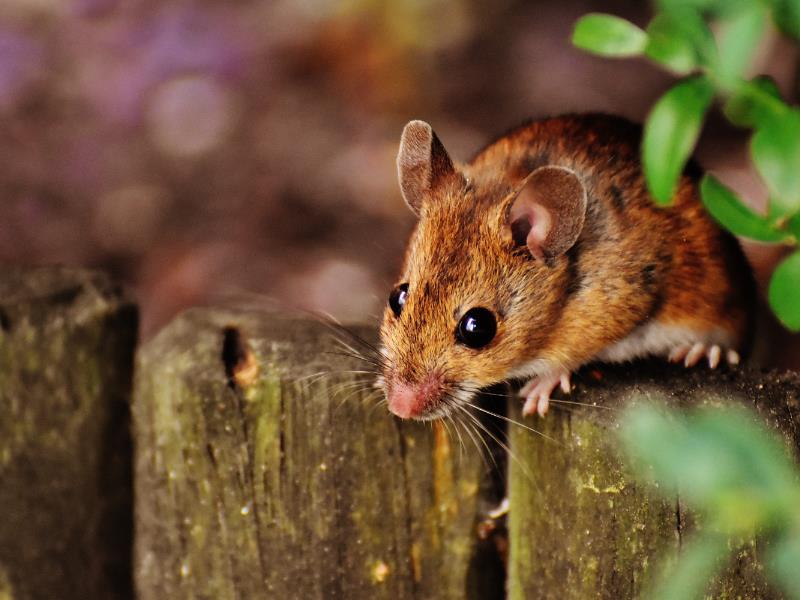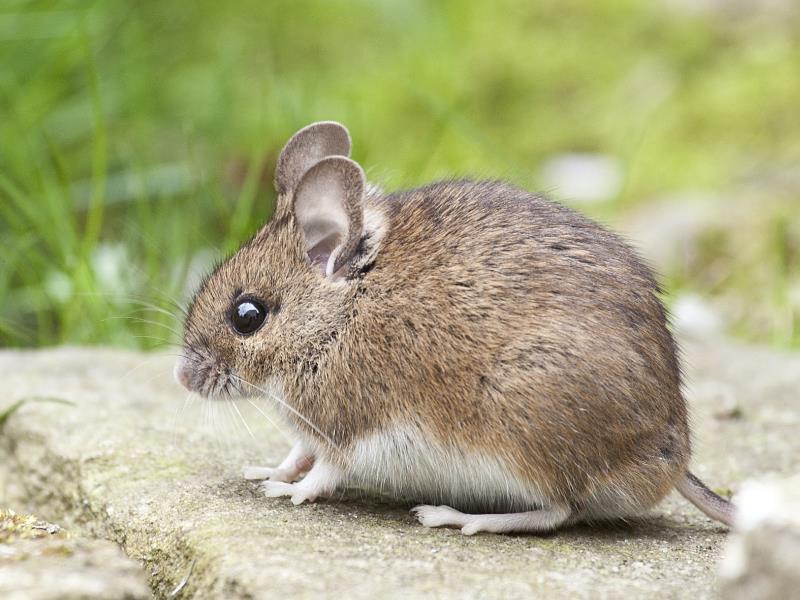What Is A Mouse?
Mice are small mammals belonging to two different orders, both the order Dasyuromorphia and the order Rodentia, and the majority of mice you are likely to encounter are murines, which are closely related to the majority of rats found on Earth. There could be as many as 1,100 species of mice across the two orders, though it is hard to discern due to the extreme biodiversity of the creature. There are 2 species of mouse to be found in Australia, only 1 of which, the Water Mouse, is native to the country, while the other, the House Mouse, is an introduced pest.
What Do They Look Like?

An albino mouse is held by a human
To distinguish a mouse from a rat, one must only look at the size of the creature in question. A mouse will be much smaller than a rat, though the two terms are not actually taxonomically specific, and species of both rats and mice can appear in a variety of genera and families.
The mouse has a slender body, and its head either comes to a blunt or tapered point at its nose. Their ears are positioned at the top of their head just behind their two eyes, which leave the mouse well-equipped for their nocturnal lifestyle. Every mouse has four legs, each of which end in small, sharp claws, and the hind-pair of which are tipped in bald soles.
Mice are not thickly furred, with a thin layer of hair adorning their body. However, there is significant variation in the colour, texture, and density of the fur across different species, creating a vast range of possible coats for different mice. Some mice may have a soft, short, and dense coat of hair that may appear either woolly or velvety, while others will have spiny hairs running along both their underside and their upper body. The vast majority of mice, though, will have a moderately-thick coat that is either soft or slightly coarse of varying length.
Different species of mice are coloured differently. Some possible fur colours include grey, brown, white, and black, while their feet and underparts may be varying shades of grey to white. Curiously, their tail will be split into two colours, one for the upper side, and one for the underside.
The tail of a mouse varies significantly in length, with some species having shorter tails of about 3-6cm in length, while others may be longer, measuring at about 7-8cm.
When Are They Most Active?
Due to the extreme number of natural predators that mice face, most
species of the creature are near-entirely nocturnal. Most mice are not
seasonal, however, which means that while they will be more active in
the night time, there is no particular time of year to be wary off, as
mice are constantly scavenging for food at all times of the year.
Despite that, both southern and eastern Australia can suffer from ‘mice
plagues’ around once every four or so years. These plagues form due to a
range of conditions, including the weather, food supply, and mouse
population, and at their peak, can see the mice reaching a density of
more than 1,200 mice an acre.
How Do They Form New Nests?
Mice create incredibly complex burrows, and in some species, the design of their burrow is a genetic trait passed down by each generation. These burrows are typically built of dry vegetation and consist of chambers connected by various tunnels, with some species opting to include a healthy selection of escape tunnels in the event that a predator manages to find its way inside.

A mouse climbs atop a fence
To build their burrows, mice start by loosening soil with their incisor teeth, which they will then carry in their mouth to pile up outside of the burrow entrance. Alternatively, the mouse may instead choose to carry it into the burrow, where it will use its hind legs to position the dirt correctly. Via this technique, the mouse will reinforce the various chambers and tunnels of the burrow, creating a comfortable space to relax and rear young between foraging sessions.
Some species of mice don’t burrow in this way, and can instead be seen creating nests in more opportunistic locations, including inside of rock crevices, beneath rotting tree trunks, and in any sealed space within a human home. The diet of the mouse will shift to match the location of the burrow, which means mice living in the forest will eat seeds and plant matter, while mice living in human buildings are more likely to scavenge scraps of food.
What Risk Do They Pose?
Sadly, the mouse is a common carrier of all sorts of illnesses, including a range of viruses and parasites. Becoming infected by such an illness can be as simple as breathing dust that has been exposed to mouse excrement, as the mouse will excrete disease-laden feces. In addition to the significant health risk, mice have also been linked to structural damage as well as damage to farmer’s crops, both of which can present a significant strain to the local infrastructure.
Is There Anywhere In Particular They’re A Bigger Threat?
Mice are not particularly territorial and will likely avoid a direct confrontation with humans, but their mere presence in your home is extremely unsanitary and a significant health risk. If your home has mice present, it is best if you have them removed as quickly as possible.











